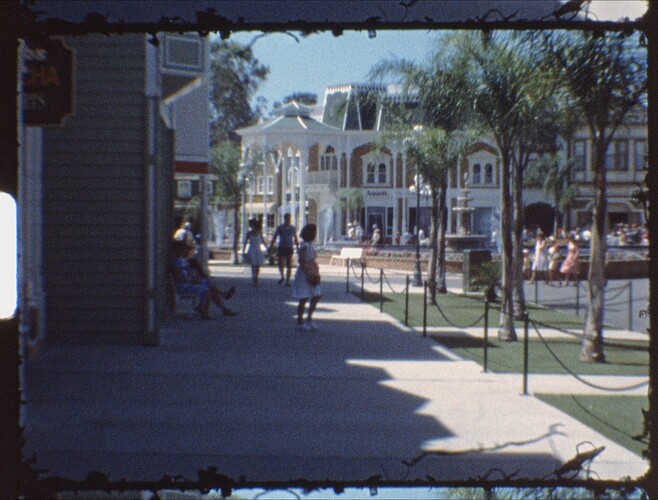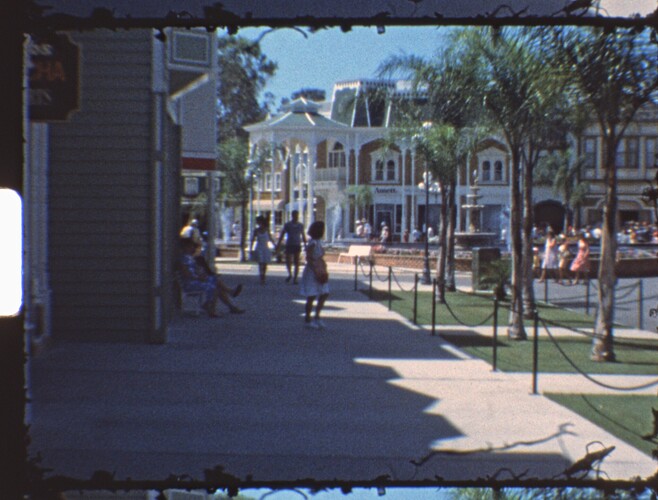Ok, I’ve seen the demo today.
IC measure is capable of dng recording but no external trigger possible.
With the software Streampix, Imaging Ressource camera are compatible with trigger and also dng recording. But that software is not free
So how much is Streampix?
no price on their website, need to ask for a quotation.
on this reseller website, it’s 995 $
With Imaging ressource, price for Streampix is reduced to 500€
Imaging ressource could develop an app for DNG. That would cost between 250€ and 500€
i just found this software sdk. not sure if its of any help here. Introduction – EMVA
its the base for the software created for anither line of cameras (which may also work for FliR cams?)
Seems Imaging ssource is very flexible. How ever I remembered a past post regarding their cameras being noisy and triggering is unreliable. But the post is 5-6 years old. Any one has recent experience with their cameras?. Or shall I start a new thread?
@fabutch @Udayarangi Thanks!
I program as a side job, so I could probably help you make a simple converter software from raw to DNG so you can save money. Maybe we could then make it available to the kinograph-community for others to use.
Send me a private message if you are interested. You are located in Geneve?
Hello Marian,
Oh that’s a good idea, very nice
I m located near Geneve
Will send you a private message
Very nice of you. It will be a great service to the Kinograph community.
Digging up an old post - I’ve been looking a lot more into software to capture frames from machine vision, and have better control over auto exposure and good output options.
As @Fabutch shared earlier, A&B Software sell a package called ActiveUSB
It allows you to use any camera that works on the USB vision standard cameras.
This is actually what the FilmFabriek software run on, and Frank Vine from the cine2digits project still works on it for them. I think it’s coded in the VB.Net
it would need a bit of work to get something nice running, and it required a dev licence, then separate run licences associated with that account.
I’d like to use it to get a proper highlight based exposure, where it looks at individual pixel values and doesn’t allow any clipping, and the TIFF or DPX output would be excellent.
I ended up buying a dev licence for activeUSB. Still very early days, but just capturing a frame with their sample code at bayer16 and exporting as a TIFF looks really nice compared with a frame captured with the Moviestuff software. I’m sure there’s stuff going on in the background of each software, and it wasn’t the fairest test as I think the gain was higher during the Moviestuff capture, I pulled the shadows up to 100 in resolve on the activeUSB frame, and 40 on the Moviestuff frame. But regardless - there’s still a lot less visible “noise” if that’s what it is.
I prefer the softer look from the activeUSB grab. It will compress a lot nicer than the noisy 8bit Moviestuff image. I always have to de noise and export at a high bitrate when working with tiff sequences from Moviestuff software, otherwise low compression makes the whole image look terrible when dealing with so much detail.
I’m hoping to get a fully working program where I can set an ROI box on the capture frame, ignoring the sprocket holes, and get peak pixel values to run the auto exposure so that nothing will be clipping. Unfortunately basic auto exposures (Moviestuff included) just average the frame, so a face in the full sun with a dark wall behind will just blow the face out.
My Panasonic GH5 has a cool exposure evaluation mode called “highlight priority” which is what I’m going for.
There’s an app here you can fork as a starting point.
@Marian did you ever come up with a good solution for your DNG conversion? Here are some I found in a recent search for more options:
The NVIDIA CUDA libraries have a class for debayering.

